Winemaker Javier Martínez de Salinas of Bodegas Ondarre has spent years studying the vineyards of Viana in Rioja. He tells Decanter about the unique characteristics of wines from this special village
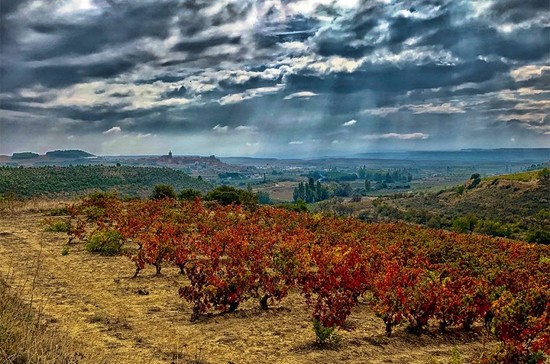

Located in the village of Viana, where the sub-regions of Rioja Alavesa and Rioja Oriental meet Bodegas Ondarre was established in 1985. It’s part of the pioneering Grupo Bodegas Olarra, a family venture launched in the 1970s that helped to define modern Rioja, and takes its name from the family’s original Azpeitia home in the Basque Country.
From the start, the focus at Ondarre was on making wines with local character to showcase the distinctive Viana terroirs. At the time however, DOC regulations meant that it was illegal to include specific village or vineyard names on Rioja labels (unless they were registered brands).
That changed in 2017, when the Consejo Regulador introduced a tier of single vineyard wines, or ‘viñedos singulares’, designed to shine a light on Rioja’s most distinctive terroirs. Along with this, two new categories – ‘vinos de municipio’ (village wines) and ‘vinos de zona’ (zone wines) – were introduced to hone in on grape provenance and differences in terroir. The move was welcomed by Javier Martínez de Salinas, winemaker at Ondarre.
‘We started exploring the different terroirs around Viana long ago, identifying essential features for the Viana terroirs first, and then progressively dissecting the area around Viana in terms of several different parameters for the soil, climate and grape varieties,’ he says. ‘Now the legal changes in the Rioja classification system have made it possible for us to communicate all of this.’
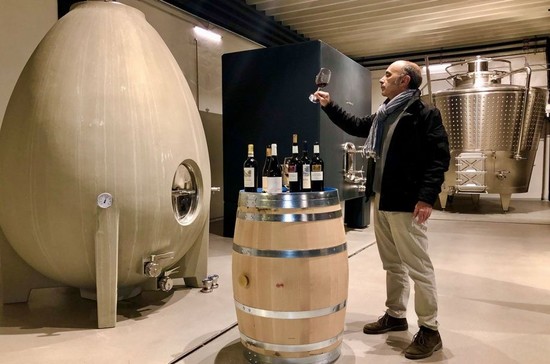
A sense of place
Martínez de Salinas has been in charge of Ondarre’s oenology and viticulture since 1998. Before arriving in Rioja he made wine in La Mancha, Ribera del Duero and Rueda. ‘I learned how grape varieties adapt to different terroirs – and how to cope with that from a vine-growing and winemaking point of view,’ he explains.
He applied this knowledge to Ondarre’s vineyards – over 450 separate plots of Tempranillo, Mazuelo, Graciano and Tempranillo Blanco, with an average size of 0.5h. He has also introduced cutting-edge precision viticulture techniques. ‘We’re using soil analysis and topographic maps to obtain information on the differential features defining our terroirs,’ he says.
‘We’re also using infrared aerial imaging to reflect vine activity and have microclimatic stations in our vineyards, gathering data on soil humidity, rainfall, frosts and temperatures. Plus we carry out regular field inspections at critical stages of the vine cycle.’
So far Martínez de Salinas has identified 10 different soil patterns, depending on depth, chemical composition, type of terrain and how compact the soil is. ‘Exposure is very diverse as we are dealing with a series of very narrow valleys roughly going north to south, and therefore setting exposure for most vineyards from southeast to southwest,’ he adds.
Elevation of the vineyards is another key factor. ‘Elevation ranges from 400m to 650m above sea level. Elevation and exposure, along with the climatic data, determine the microclimates in the different parts of our estate.’
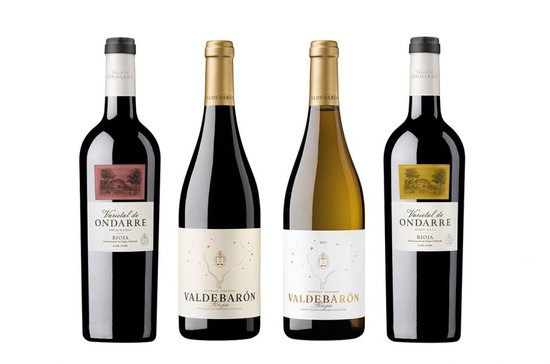
Singular vineyards
Some of the most promising plots that Ondarre has identified are higher altitude vineyards on the south-facing slopes north of Viana, towards the Codes mountain range. ‘The closer we get to the Codes mountains, the later we pick the grapes, because maturation is reached more slowly than in vineyards at the bottom of the Ebro Valley,’ explains Martínez de Salinas.
The characteristics of these particular grapes also influences the way they are handled in the winery. ‘We’re aiming to make wines that have a long lifespan, so we typically go for longer maceration and fermentation times, as well as lower fermentation temperatures,’ he says.
Such attention to detail has led to the release of Ondarre’s first vinedo singular: La Escaleruela, a 100% Mazuelo wine. ‘Viana has one of the largest concentrations of Mazuelo plantings in the DOC Rioja, making it the area’s signature grape,’ says Martínez de Salinas. ‘La Escaleruela is 0.4ha of 100% Mazuelo vines, aged over 40 years and gobelet trained. This vineyard is unique as it sits at the top of a slope, on rather shallow soil that’s poor in organic matter.’
Vinos de municipio
In addition to La Escaleruela, Ondarre is also labelling a range of vinos de municipio – wines from grapes grown in a particular village, made and aged in a winery in that same village. Ondarre has been the sole winemaker in Viana for years, and this range reflects the village’s unique identity. ‘We are making Valdebarón Red [a blend of Tempranillo and Mazuelo], Valdebarón White [Tempranillo Blanco] and two single- varietal wines – a Mazuelo and a Graciano,’ explains Martínez de Salinas.
The wines themselves may not be new, but a quiet revolution has taken place at Bodegas Ondarre, as the winery is finally able to tell consumers about their provenance. What’s more, this quest for authenticity looks set to continue in the future.
‘We have always believed in the lands around Viana – that was the reason why Ondarre was founded in the first place,’ says Martínez de Salinas. ‘A winemaker’s primary concern should be to attain the most accomplished expression of the terroir his/her grapes are being sourced from. So my focus at Ondarre for the time being and for the years to come is terroir.’
Translated by ICY
All rights reserved by Future plc. No part of this publication may be reproduced, distributed or transmitted in any form or by any means without the prior written permission of Decanter.
Only Official Media Partners (see About us) of DecanterChina.com may republish part of the content from the site without prior permission under strict Terms & Conditions. Contact china@decanter.com to learn about how to become an Official Media Partner of DecanterChina.com.

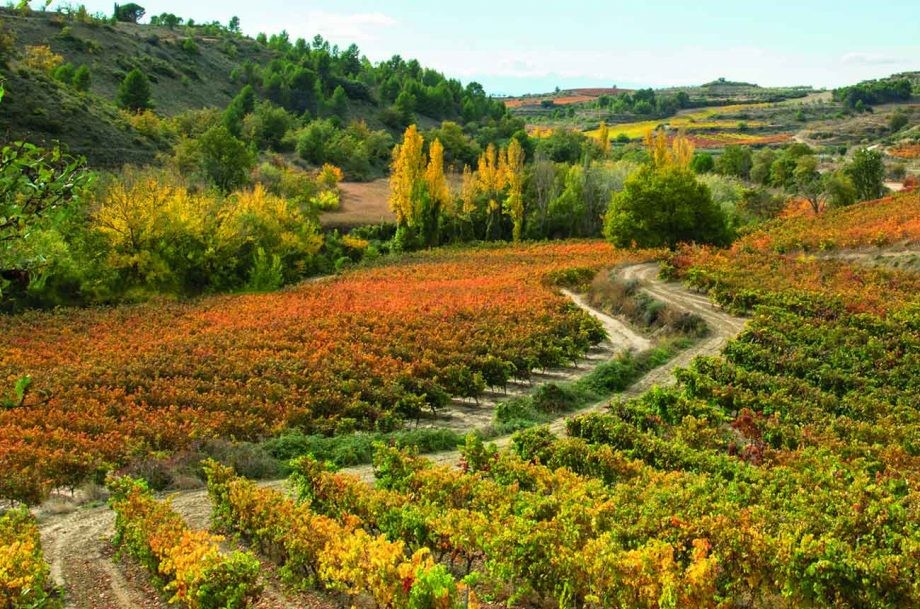
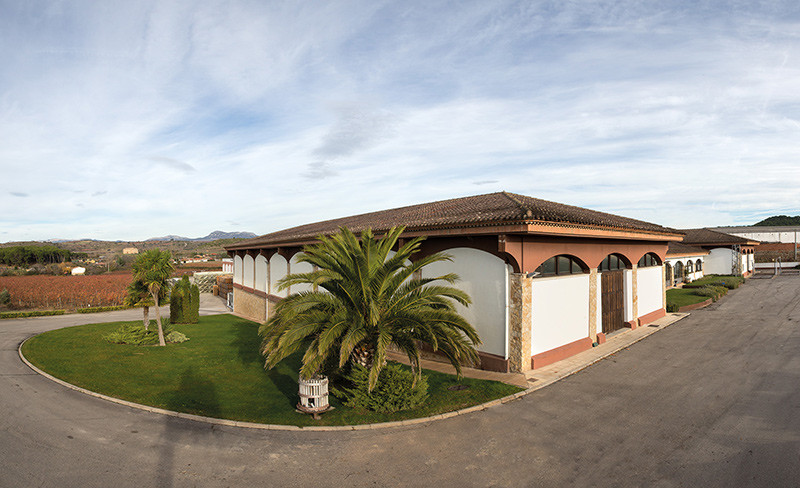
Comments
Submit